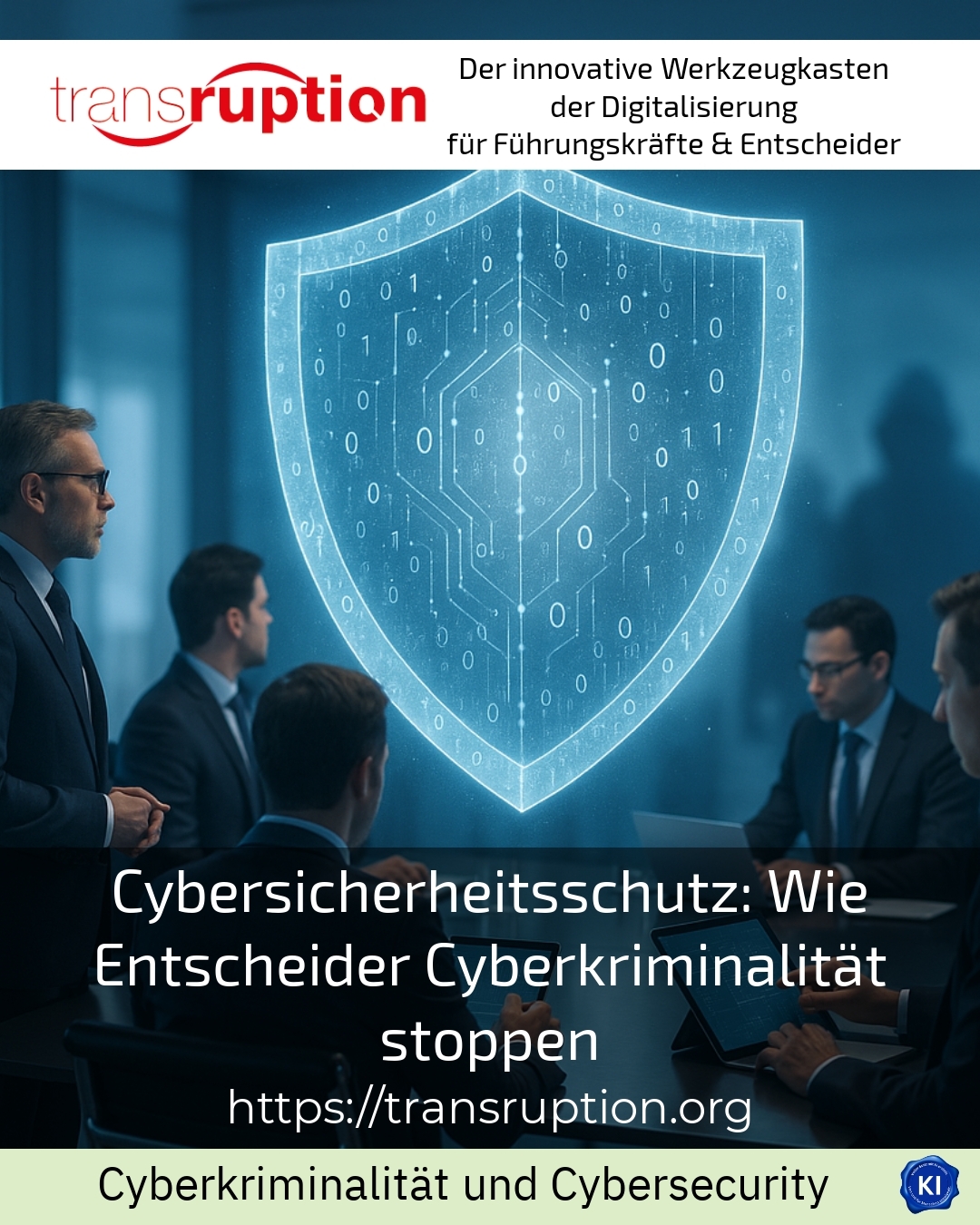The term cyber security protection is becoming increasingly important for companies and organisations. In the face of increasing cyberattacks, decision-makers are looking for effective ways to stop cybercrime and at the same time secure digital resources in the long term. Cybersecurity protection combines technical systems, organisational processes and the human factor into a holistic protection concept.
The basics of cyber security protection: What decision makers should know
Cybersecurity protection encompasses all measures to protect IT networks, end devices and data from unauthorised access or manipulation. Decision-makers face typical challenges such as ransomware attacks, phishing and industrial espionage. To contain these threats, forward-looking cyber security protection is based on several pillars:
- Technical protection mechanisms such as firewalls, anti-virus programmes and modern endpoint detection and response (EDR) systems that automatically detect and stop suspicious activities.
- Organisational guidelines and processes for managing access rights, regular security updates (patch management) and continuous monitoring of systems.
- Educating and training employees, as human errors such as opening fake email attachments are still one of the main causes of security incidents.
In the automotive industry, for example, manufacturers use special security information and event management (SIEM) systems alongside standardised IT security solutions to detect and analyse threats in real time[1][4]. Banks also pay close attention to identity and access management (IAM) to prevent unauthorised account access[5]. The pharmaceutical industry protects its research data with high-level encryption and backups, supported by professional vulnerability management[4][5].
Practical examples and concrete impulses for effective protection
Companies that take cyber security protection seriously benefit from practical procedures:
- Regular penetration tests uncover security vulnerabilities before attackers can exploit them. For example, a retail group tests its web applications on a quarterly basis to identify and close potential gateways[4].
- The introduction of multi-factor authentication (MFA) increases protection, especially for sensitive applications - one financial services provider successfully used it to prevent account theft[5][8].
- Increase security awareness: A large law firm established monthly workshops on phishing detection and thus ensures protection against social engineering attacks, which are often the gateway[2][7].
BEST PRACTICE at the customer (name hidden due to NDA contract) In a medium-sized industrial company, the introduction of a SIEM system was accompanied by targeted consulting. The combination of automated threat detection and employee training significantly reduced the number of successful cyberattacks. The decision-making process was supported by regular analyses and recommendations for action.
How transruption coaching supports cyber security protection
Decision-makers are often faced with the challenge of implementing technical and organisational security requirements in their diverse projects. Transruption coaching supports them by providing impetus for a holistic understanding and the practical integration of protective measures. Clients often report that it is precisely the combination of strategy development and reflection on behavioural patterns that paves the way for innovative solutions.
In the logistics sector, for example, teleworking and mobile devices pose particular challenges. Transruption coaching supports managers in adapting cyber security protection to the specific circumstances and implementing sustainable changes. In one case, for example, a targeted focus on access management and employee training enabled sustainable protection standards to be established.
BEST PRACTICE at the customer (name hidden due to NDA contract) As part of a transformation project, an IT service provider integrated the topic of cyber security protection into all business areas at an early stage. Through accompanying coaching, risks were better recognised and integrated into practical processes. This led to greater security awareness and optimised risk management.
Cybersecurity protection in practice: how to prevent cybercrime
A number of success factors are crucial to preventing cybercrime:
- Install technical updates consistently and promptly to close known security gaps.
- Use continuous monitoring and automated warning systems to recognise attacks at an early stage and take countermeasures.
- Minimise risks by regularly training and sensitising staff.
- Create and test emergency plans for data recovery (disaster recovery) and for maintaining business operations (business continuity).
One example of this is the healthcare industry, which protects particularly sensitive data and uses simulations of cyberattacks to train its ability to respond. The retail sector, on the other hand, is increasingly focussing on end device protection and encryption methods to secure customer information[6][8]. Energy suppliers are also taking the principle of a zero-trust approach into account when securing critical infrastructures, in which no access is trusted as a matter of principle, but is always checked[5][7].
BEST PRACTICE at the customer (name hidden due to NDA contract) In a large retail group, cyber security protection was significantly improved through the use of state-of-the-art endpoint security solutions. Together with an awareness programme for employees, this has significantly reduced the damage caused by malware attacks.
My analysis
For decision-makers, cyber security protection is a complex task that combines technical, organisational and human factors. Practical experience shows that successful strategies are based on a holistic approach: Protective measures must secure technical systems, sensitise employees and offer flexible response options. Transruption coaching provides support in accompanying cyber security protection projects and developing customised solutions. This enables companies and organisations to shape their digital future securely despite growing threats.
Further links from the text above:
What is cyber security? - Elastic
What is cyber security? - Kaspersky
Basic cybersecurity knowledge: the basics of end device protection
Cybersecurity: Definition & recommendations from the expert - microCAT
What is cybersecurity? - IBM
Cyber security - definition, protective measures & examples
Cyber threats: Identifying risks, protecting companies
What is cybersecurity? " Definition, methods & measures - Netgo
For more information and if you have any questions, please contact Contact us or read more blog posts on the topic TRANSRUPTION here.
















